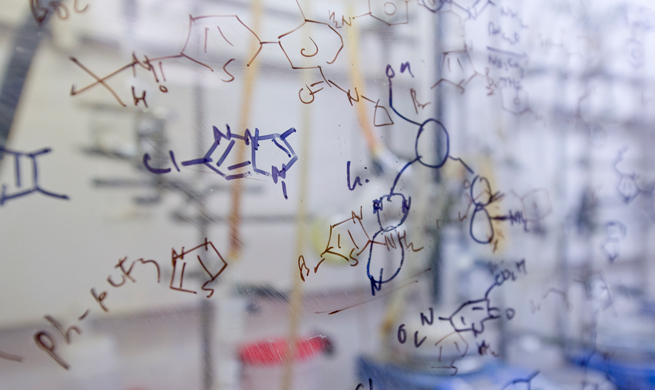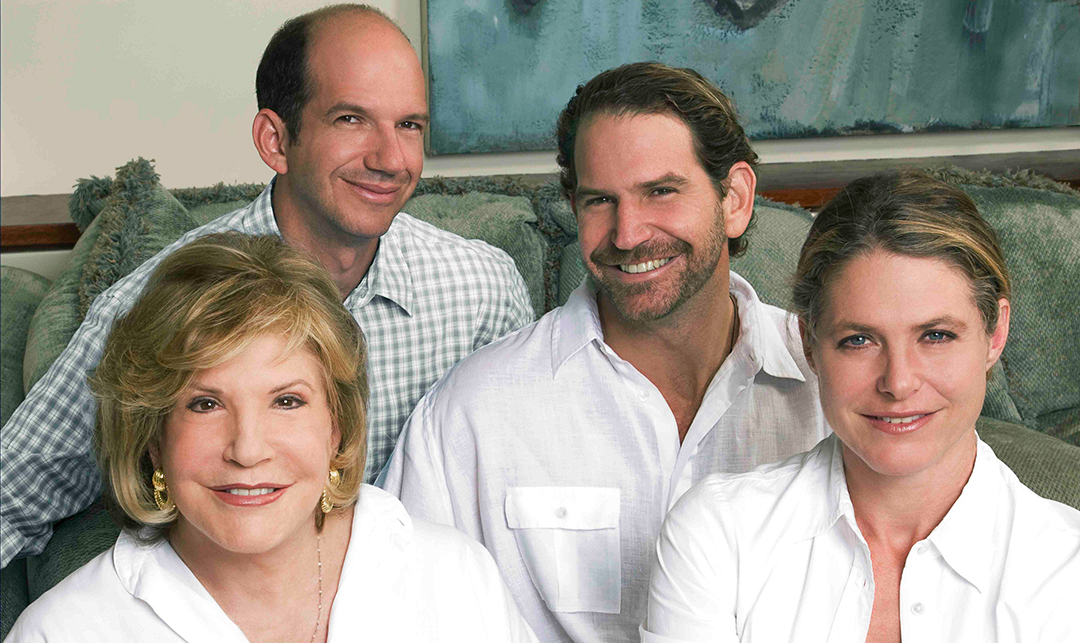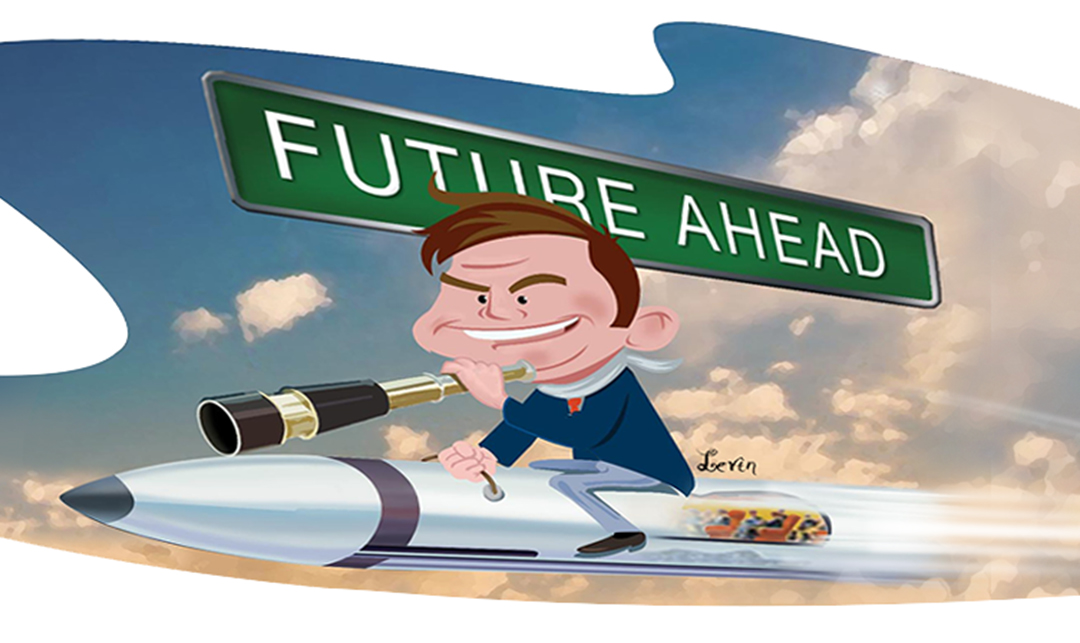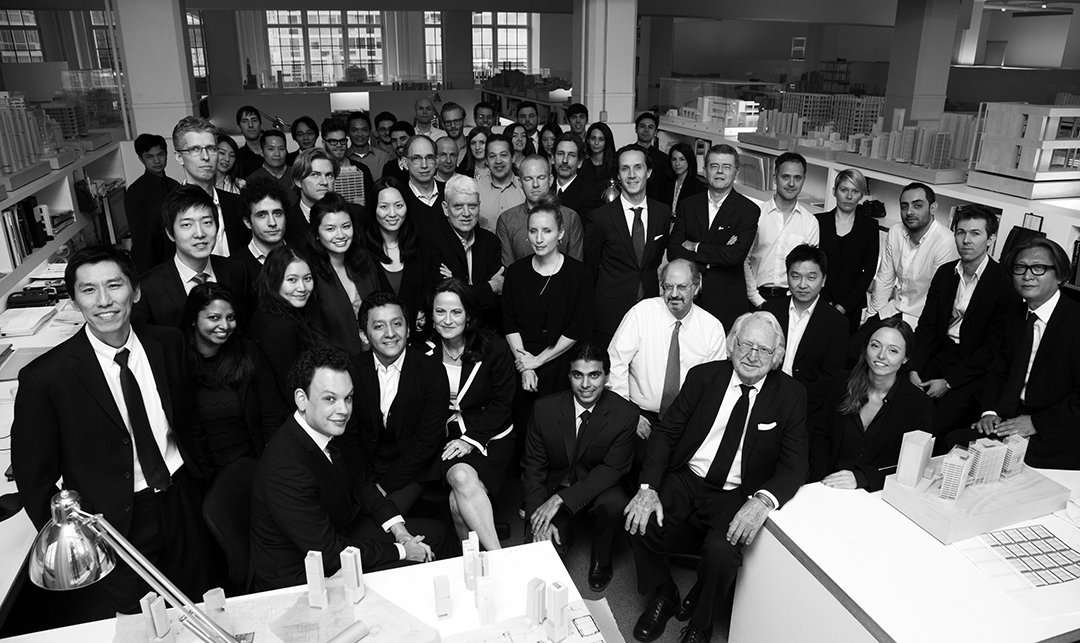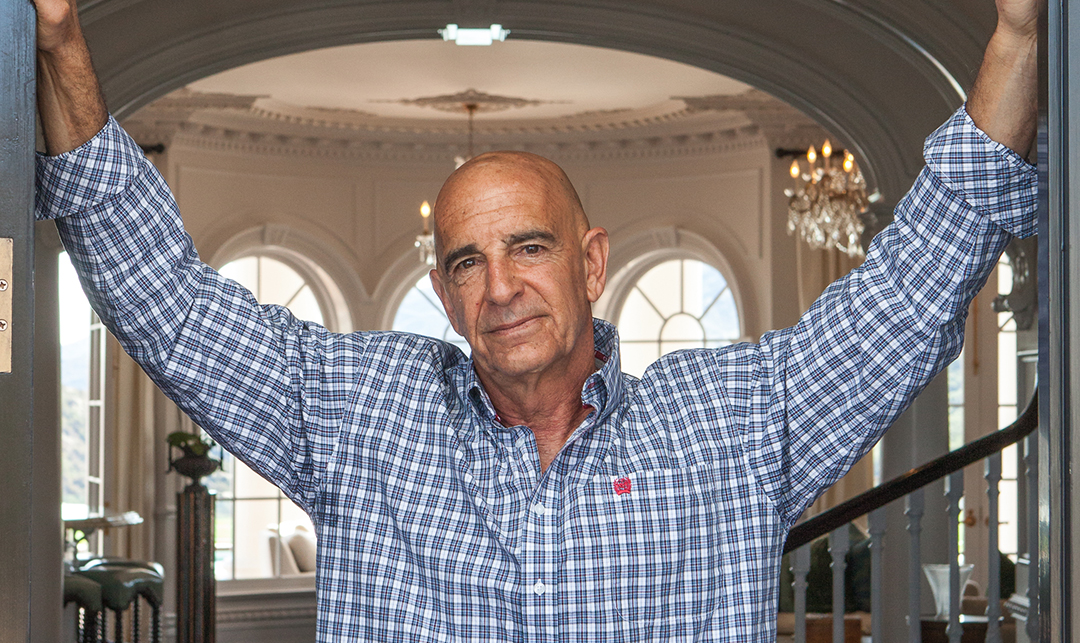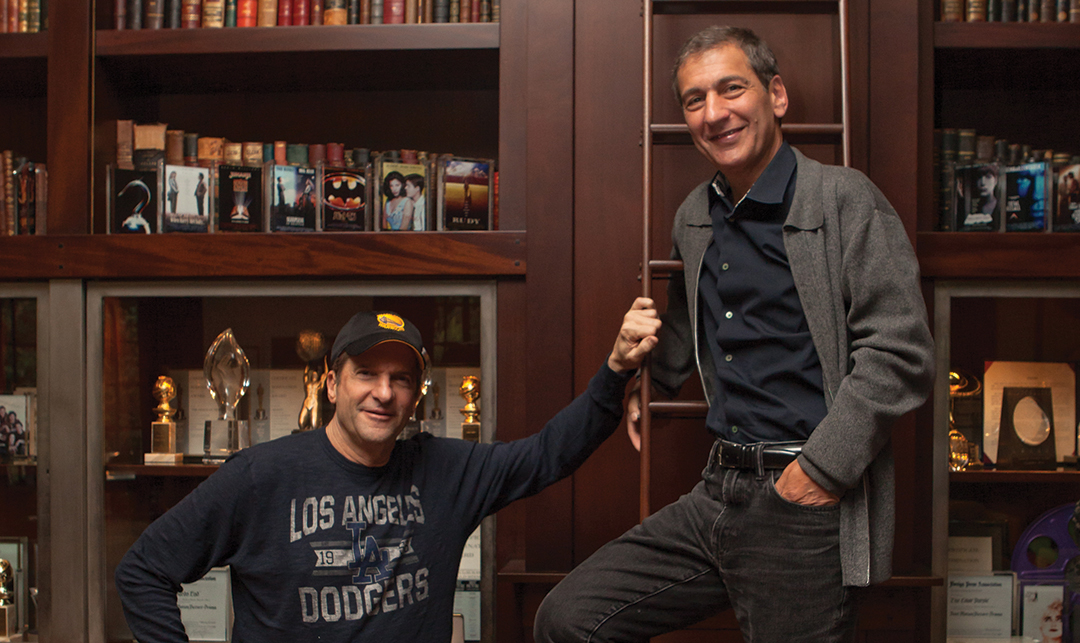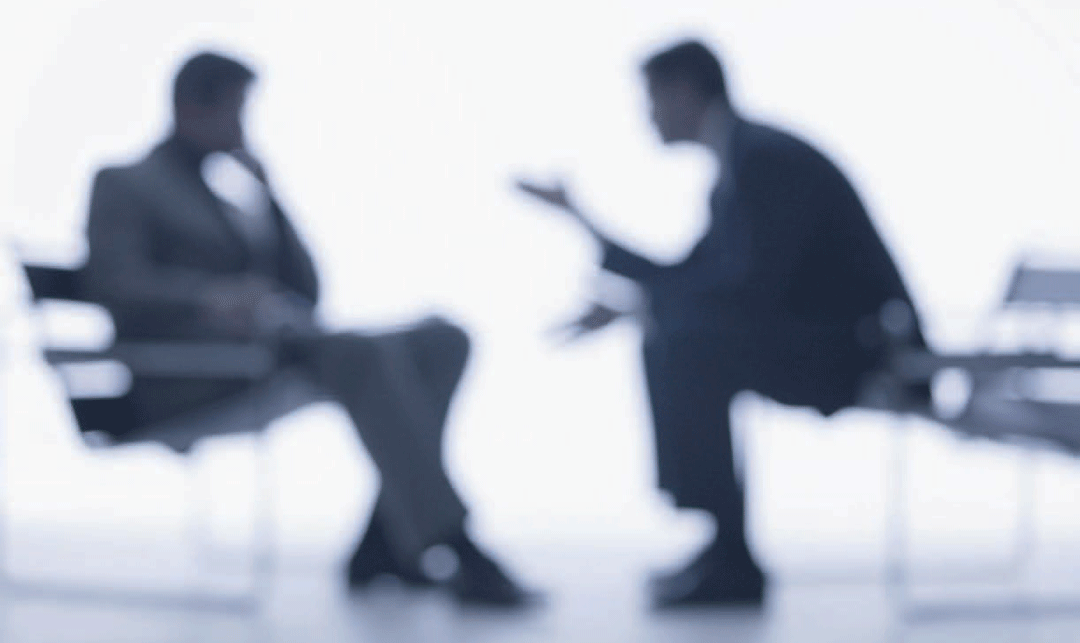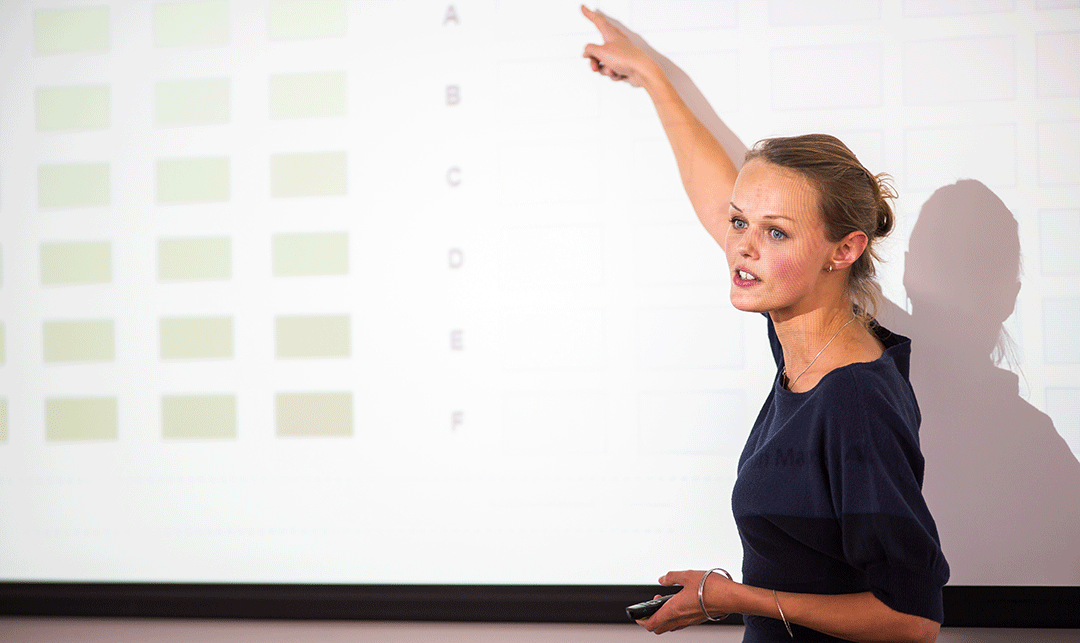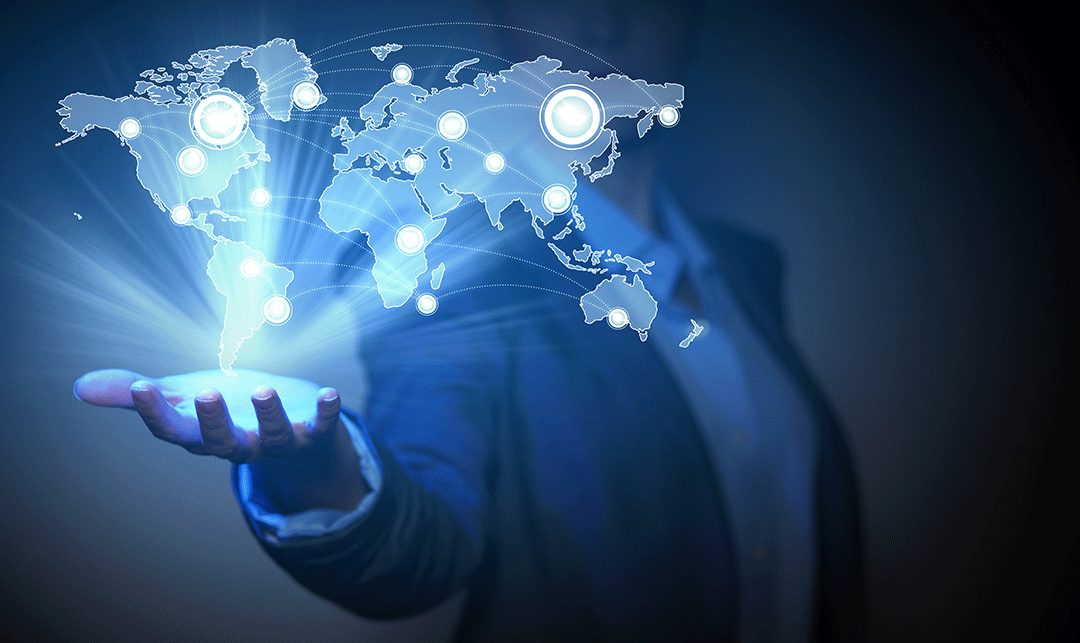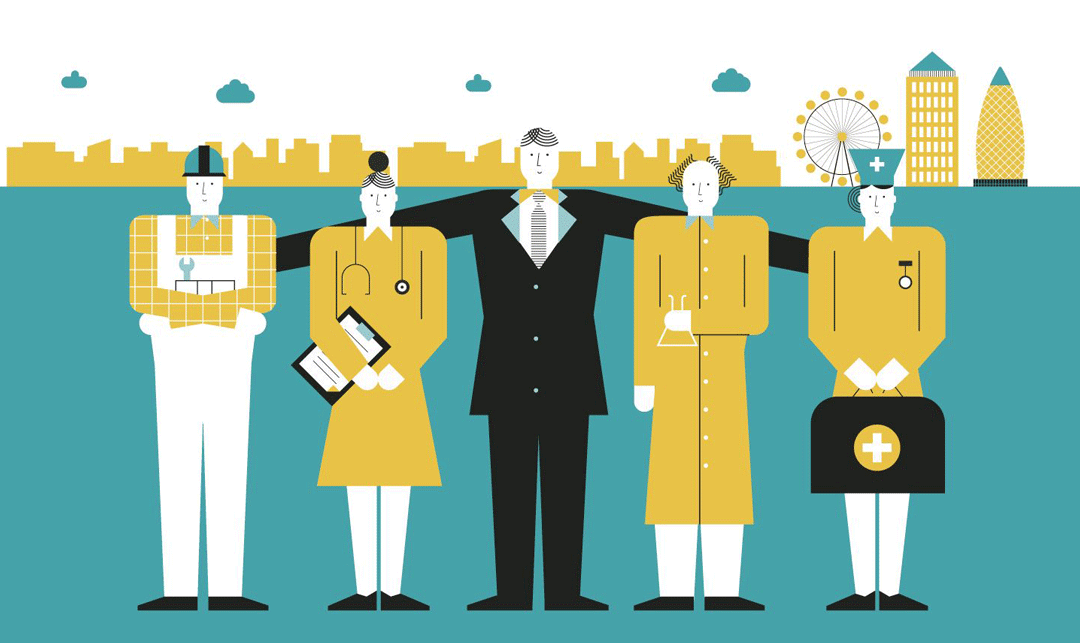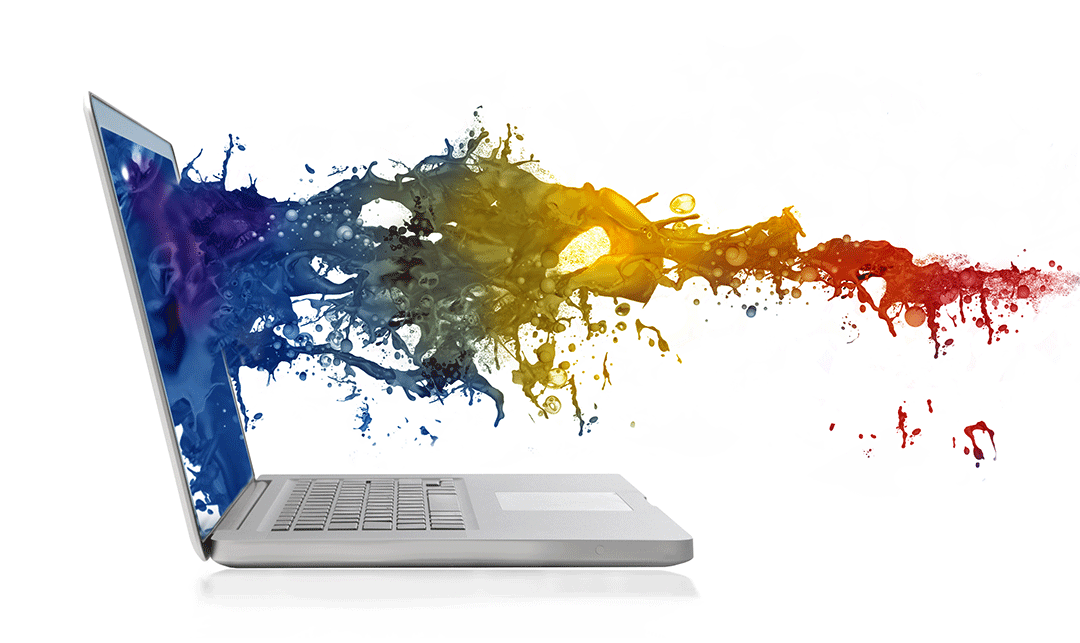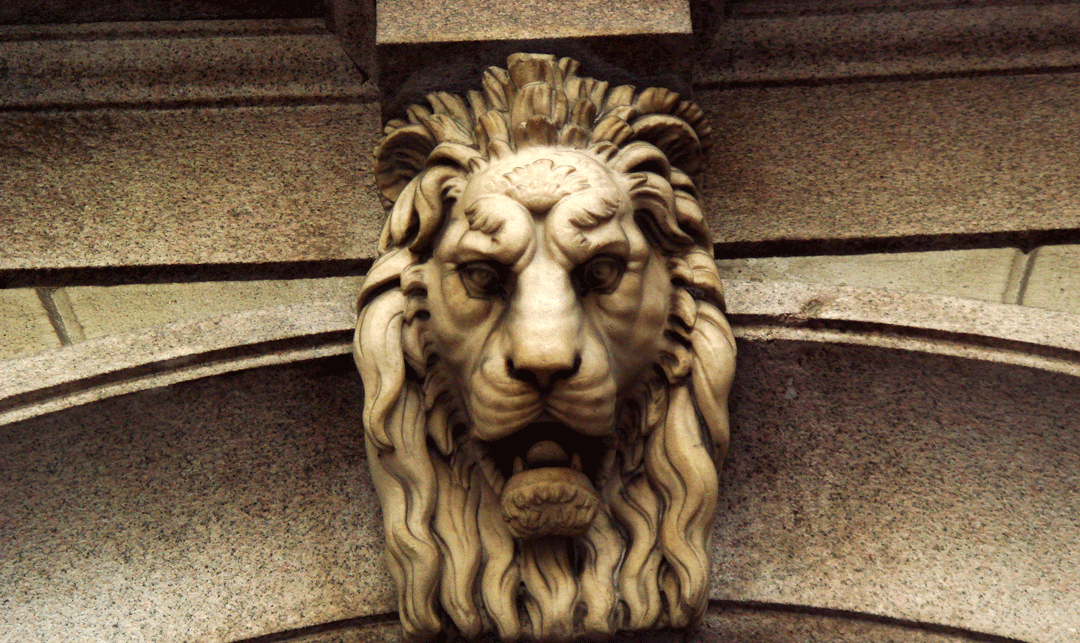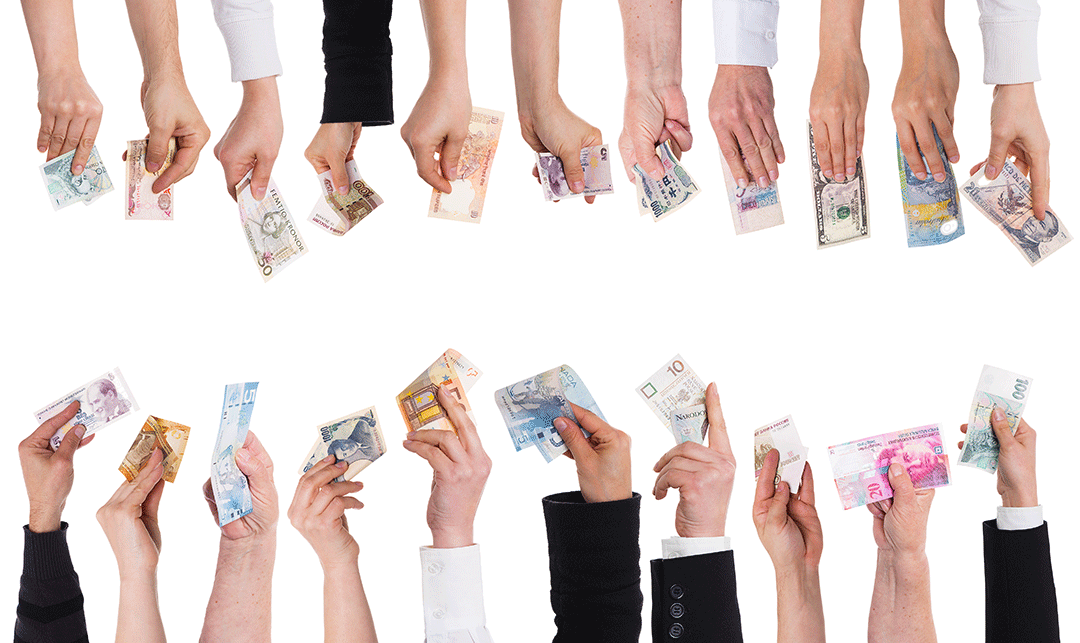We all remember our first concert, our first professional game, and even our first visit to an amusement park. The memories of these experiences, most likely from our early youth, have stayed with us all these years. While you may be able to recount some of the details, what truly binds these events to your memories are the emotional imprints that they have made on you. In the world of entertainment, creating and branding these memories into your subconscious, forming lasting connections and pulling your emotional triggers is the primary objective. The broad expanse of the entertainment industry has long been the bastion of creativity, originality, ingenuity, and fantasy but there are bigger learnings that can be extracted from this industry and used in creating your next generation experiences.
Today we have been seduced and subsequently conditioned by shows that are more fantastic (e.g., Cirque du Soleil), movies that are more extravagant (e.g., Black Panther), and events more spectacular (e.g., Beyoncé’s On the Run II). Learning from these can help us create brands that we want to associate with, hotels and restaurants we want to patronize, and products we want to purchase. The new experience economy is about engagement through astonishment, amazement, and delight. There is a lot to the sense that something is amazing, whether a quick moment of delight in your otherwise dull day or an electrifying experience that gives you goosebumps and palpitations for an extended period of time afterwards.
[To read more of Randall Stone’s thought leadership click here]
These reactions can translate into a range of emotions, from gratitude to admiration to wonder and love.
Most associate this sense of wonder and awe with rare transcendental or extraordinary events—seeing a natural wonder like the Grand Canyon for the first time or visiting Disney World as a child. But even in the ubiquity of everyday life, experiences of awe are found more often than we may realize. In fact, on average, people find themselves in the presence of something that is inspiring or amazing every third day, notes psychologist Aimee Gordon.
The entertainment industry has leveraged the science of “what makes amazing.” Understanding this creates the opportunity to punctuate your brand’s story, experiences, and interactions—ranging from the grandeur of a big, memorable moment to the subtle empathy of the well-served gesture.
Let’s look at the five awe-inspiring triggers of making amazement:
Suspense and Surprise
Moments of anticipation build excited suspense that, when culminating in a happy surprise (the “threat”), leave people feeling joy and euphoria. Those familiar with the Macbeth adaptation Sleep No More know how this immersive theater experience takes you across and literally through the story. The customer, guest, and product experiences need to know when to hold back, when to punctuate the suspense with an emotional climax, and when to pull back and let the audience relax. Storytelling is an essential part of building memorable experiences, so making sure your brand’s experience has a definitive arc is key to keeping them seeking more.
Beauty and Spectacular
The power of beauty can be traced throughout history, but far too often, function leads form. But why can’t we have both? The design expression of your experiences must embrace who you are and want to be but not in a timid way. Just like the spectaculars of live events, from Coachella to Cirque du Soleil, you only have a finite time to capture your audience’s attention and emotions. The simplest idea, executed flawlessly, can be profound. From the most pedestrian products to the highest echelons of luxury, beauty dramatically affects how we feel, react, and even make selections. Yet today, beauty is highly democratized and goes far beyond the classic definition of good design. Creating beauty is in the thoughtful consideration of the senses—how something looks, smells, sounds, and makes you feel. For beauty to execute its power, it blends form and function while being disruptive, paradigm-shifting or unexpected.
There is a lot to the sense that something is amazing, whether a quick moment of delight in your otherwise dull day or an electrifying experience that gives you goosebumps and palpitations for an extended period of time afterwards.
Plot Twist and Intuition
When it comes to experiences, it is all about being intuitive and going far beyond expectations. The entertainment industry has taught us to expect this and we’ve all been amazed by gestures and acts of the right thing at the right time: a bottle of water waiting in a rental car, a concierge genuinely remembering you’re a regular guest and posting so other employees can acknowledge you and your preferences or logging relevant details each time you call customer service for support, so the next agent can service you accordingly. Keep your audience customer engaged by simply listening and observing, which can leave your guests feeling like their needs are truly being met without having to ask.
Continuity and Virtue
Products, brands, experiences, and those “behind the curtain” must be sincere, transparent, and virtuous. In the age of authenticity, who you are and how you act is as important as what you do or what you sell. This must also play out in your experiences and activations. So often brands speak about their integrity, commitment, and passion for guests/customers. This is often just lip service, reaffirming table-stakes that don’t pan out in the actual experience. Establishing guiding principles that are true and authentic to your brand and what you can reasonably deliver provides the litmus test against which you can evaluate your whole experience. Through this pervasive authenticity that plays out in actions and personality, an experience can achieve amazement.
[To read more on ə*maz’s approach on Marketing & Branding click here]
Magic and the Supernatural
Supernatural elements are relatively commonplace today with the onslaught of new technologies that can digitally resurrect our beloved musicians and performers from the grave. Experiences today seemingly have no boundaries thanks to the rise of VR, augmented reality, and AI. But for a sleight of hand to have a magical effect, it needs to be meaningful and useful. Without utility, it’s merely a gimmick that cannot change behaviors or raise expectations. For your brand, the real magic happens when those in charge of delivering, supporting, and maintaining the experience are given the tools to be more attuned, better informed, and have more facility to deliver. We expect machines to wow us, but when humans defy the expected and deliver the extraordinary, it is instantly emotional and memorable.
These triggers are not discrete levers but rather all essential to fashioning the experiences that connect with us. It is a brand’s unique orchestration that makes it its own. Amazing experiences are always retold through emotions, not their descriptions. It is these feelings such as “blown away,” “awed,” “relieved,” or “delighted” that imprint the experience into our memories. For that reason, it is important that we tell our story, craft our experience, and look at the feelings we want to evoke and the entertainment we want to encourage




